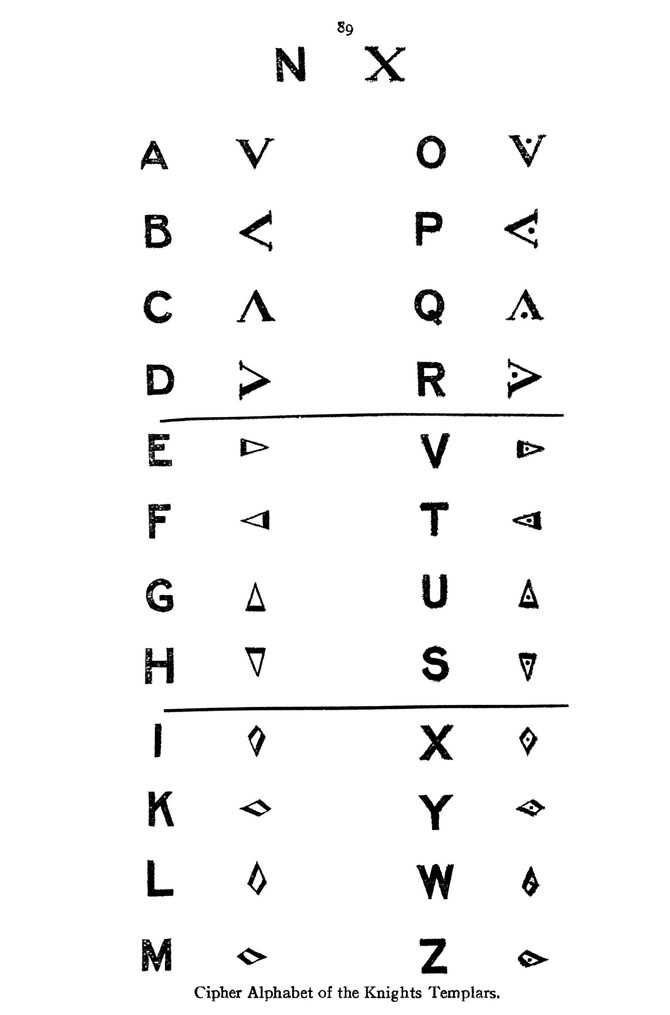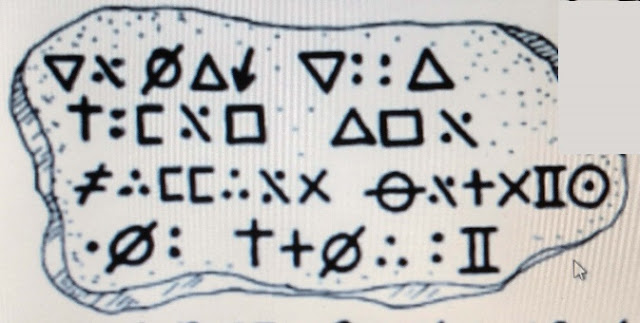LITTLE DOCTOR
Member
- Messages
- 281
It is imperative to state that the brotherhood of the cemetery is born from the ashes of the ancient brotherhood called the company of the most holy sacrament. One of the chiefs was the Livornese Giuseppe Castagliola. This ancient fraternity composed of esoteric and necromancers had as its primary objective to bring back to life the Augustinian monk known as the Preacher. To be able to tell this story it is necessary to go back in time and precisely to March 17, 1282, the day when, at the age of 117, the Preacher died. This monk was also the rector of the cemetery of San Jacopo still missing. The Preacher was a very influential religious at the time, almost venerated as a prophet, but was badly seen by the leaders of the Catholic Church because of its unconventional past. It is also said to be a powerful exorcist. For this reason he remained confined to his lodgings in a hermitage near the church of San Jacopo until the end of his days. We do not know the causes of death, despite the advanced age, he enjoyed excellent health. A natural death was diagnosed. He was found one morning in his bed as if he were sleeping. He seemed to have fallen into a deep sleep, almost a lethargy. The body showed no signs of decomposition even after many days. Even the religious noticed that the beard of the Preacher continued to grow and had to be cut at least twice a year. This fact led the prior of the time, certainly Galgano, not to bury the body of the Preacher and place it in a glass case. After this decision and precisely in November 1282 Galgano mysteriously disappeared ...
The body of the Preacher remained intact for many centuries protected by its crystal case under the crypt of San Jacopo. All this lasted until after the war when Giuseppe Castagliola discovered the body of the Preacher and informed his friend Piero Sampaolesi, superintendent of cultural heritage in order to obtain the clearance for the removal of the body as he was intent on bringing the Predicatore back to life. He firmly maintained that the body of the Preacher would come back to life if transported to a specific place in the Valle Benedetta. And so it was done. With the help of Sampaolesi the body was loaded onto a pickup truck and taken to the Valle Benedetta. Unfortunately, the Castagliola did not take the necessary precautions and the Romitone transformed the body into a skeleton with a beard. The Romitone did not like the presence of the Preacher because he knew that one day he would come back to life when the prophecy of the thirty Templars had been fulfilled and the Preacher would be in command of the Templars who would bring the Romitone back to Egypt. The Romitone has no intention leaving the village of the Valle Benedetta because if he returned to Egypt he would be only a custodian, in contrast to the Valle Benedetta where it is free, he feels the master.
At that point Castagliola and Sampaolesi reported the skeleton body in the crypt of San Jacopo. Since the Preacher's crystal case was destroyed, the body was placed in an uncovered coffin. It is still possible to glimpse this coffin from a crack inside the crypt. Scholars and religious still can not give a logical explanation to why that corpse was not buried.
The body of the Preacher remained intact for many centuries protected by its crystal case under the crypt of San Jacopo. All this lasted until after the war when Giuseppe Castagliola discovered the body of the Preacher and informed his friend Piero Sampaolesi, superintendent of cultural heritage in order to obtain the clearance for the removal of the body as he was intent on bringing the Predicatore back to life. He firmly maintained that the body of the Preacher would come back to life if transported to a specific place in the Valle Benedetta. And so it was done. With the help of Sampaolesi the body was loaded onto a pickup truck and taken to the Valle Benedetta. Unfortunately, the Castagliola did not take the necessary precautions and the Romitone transformed the body into a skeleton with a beard. The Romitone did not like the presence of the Preacher because he knew that one day he would come back to life when the prophecy of the thirty Templars had been fulfilled and the Preacher would be in command of the Templars who would bring the Romitone back to Egypt. The Romitone has no intention leaving the village of the Valle Benedetta because if he returned to Egypt he would be only a custodian, in contrast to the Valle Benedetta where it is free, he feels the master.
At that point Castagliola and Sampaolesi reported the skeleton body in the crypt of San Jacopo. Since the Preacher's crystal case was destroyed, the body was placed in an uncovered coffin. It is still possible to glimpse this coffin from a crack inside the crypt. Scholars and religious still can not give a logical explanation to why that corpse was not buried.




